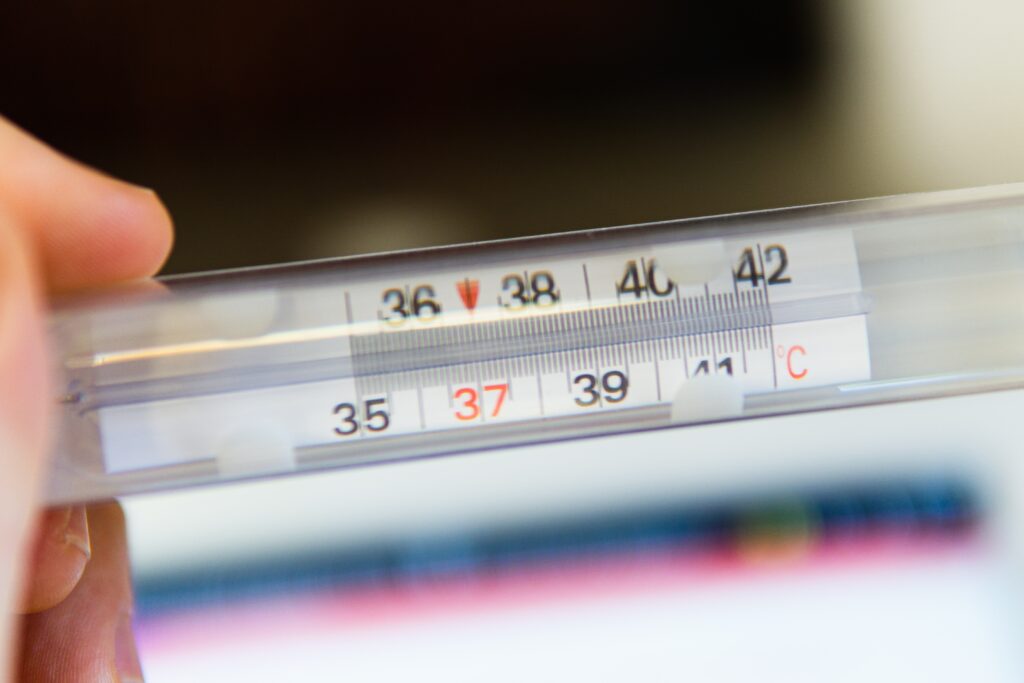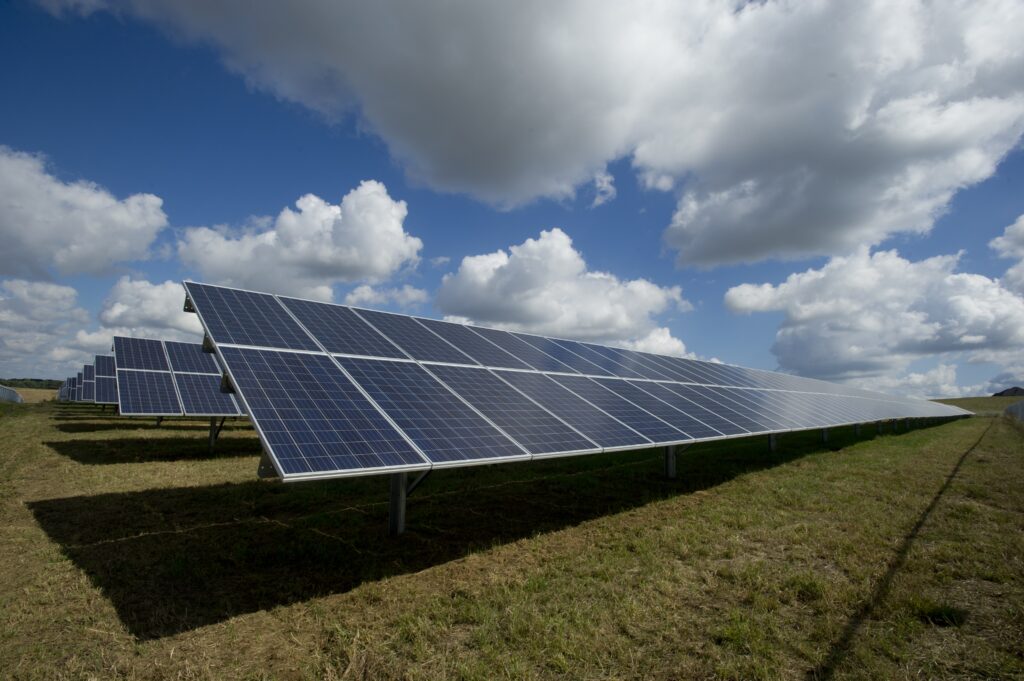Have you ever wondered if solar panels can still generate electricity in extremely cold or hot temperatures? Well, the answer is yes, they can! Solar panels are designed to work efficiently in a wide range of temperatures, but there is a certain point at which their performance can be affected. In this article, we will explore the critical temperature threshold at which solar panels might stop working and discuss the factors that can influence their performance in extreme weather conditions. So, let’s uncover the truth behind the temperature limits of solar panels!
Understanding Solar Panel Functionality
Solar panels are an essential component of the ever-growing renewable energy industry. They harness the power of the sun to produce electricity in a sustainable and environmentally friendly way. To comprehend how solar panels operate, it is crucial to understand the basics of their design and the conversion process from sunlight to electricity.
Basics of Solar Panel Design
Solar panels consist of individual solar cells, which are made up of semiconductor materials such as silicon. These cells are responsible for converting sunlight into electrical energy. Multiple solar cells are interconnected to form a solar module, and several solar modules can be combined to create a solar panel.
The most common type of solar cell is a photovoltaic cell. When photons from the sun’s rays strike the solar cell, they dislodge electrons from their atoms, creating an electric current. This process, known as the photovoltaic effect, enables the conversion of sunlight to usable electricity.
How Sunlight is Converted to Electricity
Upon reaching the solar cell, sunlight is absorbed by the material’s photons. This absorption generates energy, exciting electrons and causing them to move freely within the cell. The movement of these free electrons creates an electric current, which is then captured and collected as usable electricity.
Solar panels are designed to function optimally under direct sunlight. They can still generate electricity on cloudy or overcast days, but at a reduced efficiency. The angle and orientation of the solar panel towards the sun are also crucial factors that affect its overall performance.
The Effect of Temperature on Solar Panels
While sunlight is vital for the proper functioning of solar panels, temperature also plays a significant role. It is commonly believed that solar panels perform poorly in high-temperature environments. However, extensive studies have been conducted to examine the impact of temperature on solar panel performance.
General Belief About Solar Panels and Heat
Many people assume that solar panels are less effective in hot climates due to the belief that excessive heat affects their efficiency. The notion stems from the understanding that increased temperature negatively impacts electronic components.
Studies on Solar Panels Performance in High Temperatures
Contrary to popular belief, studies have shown that solar panels can still function efficiently in higher temperatures. In fact, while the output of solar panels typically decreases as temperature rises, the reduction is not as significant as anticipated.
Researchers have found that the performance degradation of solar panels is often attributed more to the increase in heat-generated electrical resistance within the materials rather than the temperature itself. This resistance hinders the flow of electrical current, resulting in decreased efficiency.

Defining the Solar Panel Temperature Coefficient
To analyze the impact of temperature on solar panel performance, experts use the concept of the temperature coefficient. This coefficient represents the relationship between the change in solar panel efficiency and the deviation from its optimal operating temperature.
What is a Temperature Coefficient?
The temperature coefficient quantifies how much the power output of a solar panel decreases or increases with a change in temperature. It is expressed as a percentage change per degree Celsius (°C) deviation from the optimal temperature.
A positive temperature coefficient indicates that the efficiency of the solar panel decreases as the temperature rises, while a negative coefficient suggests that the efficiency improves with increasing temperatures within a specific range.
How is it Calculated?
The temperature coefficient is determined during manufacturing and is derived from laboratory tests performed on solar panels. Researchers subject the panels to different temperature variations and measure the corresponding changes in power output.
The resulting data enables manufacturers to specify the temperature coefficient for each panel. By knowing the temperature coefficient, system designers and installers can better estimate the performance of solar panels under varying temperature conditions.
Optimal Temperature for Solar Panel Operation
While solar panels can operate efficiently within a wide temperature range, certain temperatures are more favorable for optimal performance. Understanding the ideal temperature for maximum efficiency can help users enhance their solar energy systems.
Ideal Temperature for Maximum Efficiency
The ideal operating temperature for most solar panels is around 25°C (77°F). At this temperature, solar panels tend to achieve their maximum efficiency in producing electricity from sunlight. As the temperature deviates from this optimal point, the efficiency begins to decrease.
Variations in Optimal Temperature
It is worth noting that the optimal temperature may vary slightly depending on the type of solar panel technology and the specific manufacturer. Some solar panels may have a slightly higher or lower optimal temperature for maximum efficiency.
Factors such as the quality of the materials used and the design of the solar panel can influence the optimal temperature range. Additionally, climate conditions and geographical location can also affect the ideal operating temperature of solar panels.

Temperature and Solar Panel Efficiency
As mentioned earlier, solar panel efficiency decreases as the temperature rises above or falls below the optimum. The decrease in efficiency due to temperature can affect the overall performance and power output of the solar panel system.
Decrease in Efficiency Due to Temperature
When the overall temperature rises, solar panels experience an increase in electrical resistance within their materials. This resistance restricts the flow of electrons, resulting in decreased efficiency in converting sunlight into electricity.
By contrast, if the temperature is below the optimal range, the solar panel’s output can improve slightly due to reduced resistance. However, extremely low temperatures can lead to freezing or condensation, which may affect the functioning of the solar panels.
Actual Loss in Power for Each Degree Over Optimal Temperature
The actual loss in power for each degree above the optimal temperature largely depends on the specific solar panel. Different solar panels have different temperature coefficients, which determine the power loss per degree deviation.
On average, the power output of a solar panel may decrease by approximately 0.5% to 0.8% for each degree Celsius above the optimal temperature. By understanding this temperature coefficient, users can estimate the potential power loss during extreme weather conditions.
Exploring the Solar Panel ‘Cut-Off’ Temperature
Every solar panel has a ‘cut-off’ temperature, beyond which it can no longer function effectively or sustainably. Knowing this temperature is crucial in determining the appropriate measures for maintaining the longevity and efficiency of solar panels.
Determining the Cut-Off Temperature
The cut-off temperature of a solar panel is typically specified by the panel’s manufacturer. It represents the upper temperature limit at which the solar panel’s performance diminishes significantly, rendering it less effective or even inoperable.
Manufacturers consider various factors such as the materials used, design considerations, and the intended operating conditions when determining the cut-off temperature. The panel’s reliability and overall system safety are also factored into this decision.
Factors Influencing the Cut-Off Temperature
Several factors can influence the cut-off temperature of a solar panel. The type of solar panel technology, materials used for construction, and even the specific components incorporated into the panel can impact its ability to withstand higher temperatures.
It is also important to consider environmental factors such as geographical location, climate conditions, and the amount of direct sunlight the panel receives. These factors influence the maximum temperature the panel might experience and subsequently affect the cut-off temperature.

The Impact of Cold on Solar Panels
While the focus has predominantly been on the impact of heat on solar panel efficiency, cold temperatures can also affect their performance. Understanding how solar panels perform under cold conditions is essential, especially for regions that experience long and harsh winters.
Performance of Solar Panels Under Cold Conditions
Cold temperatures typically lead to an increase in electrical resistance within the solar panel’s materials. This resistance can hinder the flow of electrons, reducing the overall efficiency of the solar panel system.
Additionally, snow or ice accumulation on the solar panel’s surface can partially or completely block the sunlight from reaching the solar cells. This obstruction further diminishes the panel’s performance during winter months.
Considerations for Solar Panels in Winter
To optimize the performance of solar panels in cold climates, several measures can be taken. Installing solar panels at an angle that allows snow to slide off or using an anti-reflective coating on the panel’s surface can help prevent snow accumulation.
Furthermore, periodically clearing snow or ice from solar panels can ensure uninterrupted sunlight absorption. Implementing heating systems or installing panels on adjustable mounts that allow clearing the snow manually can also improve their performance in winter.
Temperature Management for Solar Panels
Efficient temperature management is crucial for maintaining the longevity and performance of solar panels. Implementing ventilation and cooling techniques, as well as utilizing materials with excellent heat resistance, can help prevent excessive heat buildup.
Ventilation and Cooling Techniques
Proper ventilation plays a vital role in dissipating heat from solar panels. Designing solar panel systems with adequate space for airflow between panels allows the surrounding air to cool the panels, reducing the temperature inside the system.
Additionally, cooling techniques such as water-based cooling systems or heat sinks can dissipate excess heat generated by the solar panels. These methods effectively reduce the risk of temperature-related efficiency losses and prolong the lifespan of the panels.
Materials for Heat Resistance
To enhance the heat resistance of solar panels, manufacturers use various materials during construction. Solar panels often incorporate heat-resistant glass, which can withstand high temperatures without cracking or affecting the panel’s performance.
Furthermore, encapsulating the solar cells in materials with excellent thermal conductivity can effectively dissipate heat. These materials, such as aluminum, enable efficient heat transfer and prevent heat buildup that could potentially damage the solar panel.
Comparing Different Solar Panel Brands and Temperature
The materials used by different solar panel manufacturers can significantly impact their temperature handling capabilities. It is essential to consider these variations when selecting solar panels for a specific environment or climate conditions.
Materials Used by Different Manufacturers
Solar panels can be manufactured using a variety of materials, including different types of silicon, thin-film materials, and even organic compounds. Each material has its unique characteristics, including its ability to handle different temperature ranges.
Mono-crystalline and poly-crystalline silicon solar panels, for example, are known for their reliable performance and relatively high temperature tolerance. On the other hand, thin-film solar panels may have varying levels of temperature resilience depending on the specific materials used.
Variation in Temperature Handling Among Brands
Due to differences in manufacturing processes, design considerations, and material choices, there can be significant variations in how solar panel brands handle different temperature conditions. Considering these discrepancies is vital when selecting the most suitable panels for a specific application.
It is advisable to consult with solar panel manufacturers or industry experts to gather information on temperature handling characteristics of different brands. This ensures that the chosen solar panels are compatible with the desired climate conditions and will perform optimally.
Future Developments in Solar Panel Technology and Heat Tolerance
With ongoing advancements in solar panel technology, researchers and manufacturers are actively exploring ways to enhance their heat tolerance and overall performance. Future breakthroughs hold the potential to revolutionize how solar panels handle temperature variations.
Research into Heat-Resistant Solar Panels
Researchers are actively investigating novel materials and techniques to create solar panels with greater heat tolerance. By identifying materials that can withstand higher temperatures without efficiency loss, scientists aim to improve the overall performance and lifespan of solar panels.
Leading advancements in materials, such as perovskite-based solar cells, show promise for improved heat tolerance. These materials exhibit exceptional thermal stability and have the potential to withstand higher temperatures than traditional silicon-based solar panels.
Potential Future Breakthroughs in Solar Technology
Besides discovering heat-resistant materials, ongoing research also seeks to optimize solar panel designs and develop innovative cooling mechanisms. Integrated cooling systems or advanced thermal management techniques could significantly improve the performance of solar panels under elevated temperatures.
Another area of research involves the use of nanotechnology to enhance solar panel efficiency and temperature tolerance. By incorporating nanostructures into solar cells, researchers aim to improve their ability to handle temperature fluctuations while maximizing power output.
As the renewable energy sector continues to expand and evolve, these promising advancements in solar panel technology offer hope for even greater efficiency and resilience in the face of temperature variations.
In conclusion, understanding the functionality of solar panels, their performance with respect to temperature, and the mechanisms involved is crucial for maximizing their efficiency and longevity. By comprehending the impact of temperature on solar panel performance, individuals and industry professionals can make informed decisions regarding solar energy systems that are sustainable and capable of withstanding various climate conditions.




